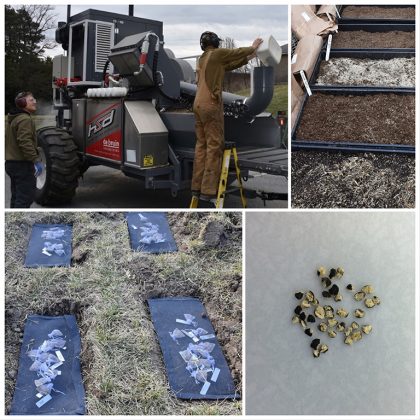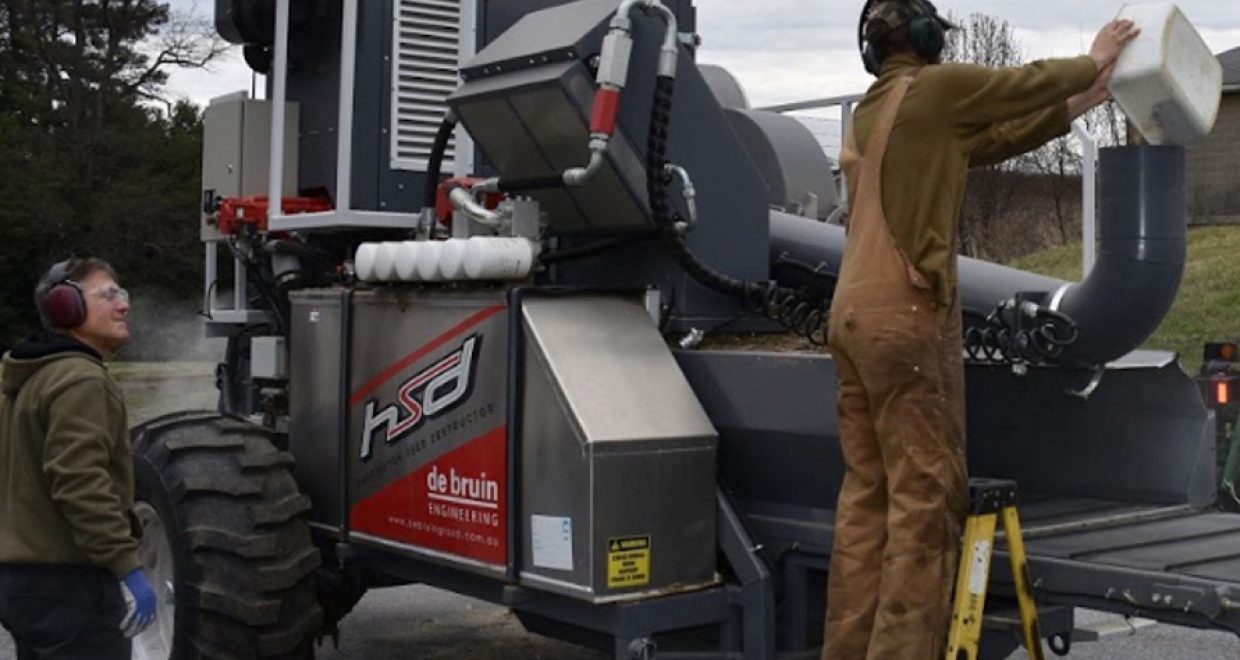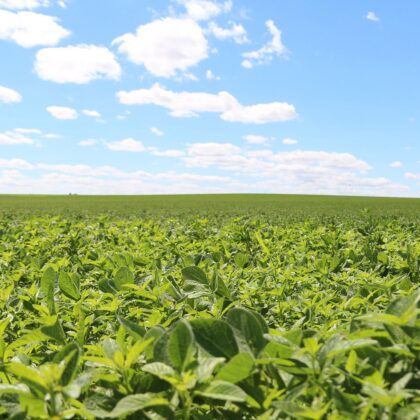Can impact mills help soybean growers battle herbicide-resistant weeds?
Harvest-time weed seed controls have proven highly effective at reducing herbicide-resistant weeds in Australian cropping systems. One of the most popular tactics is the use of an impact mill that intercepts chaff as it exits the harvester. The mill destroys weed seeds and then deposits the residue on the field to conserve moisture and nutrients.

Could the same technology help growers battle Palmer amaranth and other herbicide-resistant weeds in U.S. soybean crops? A recent study featured in the journal Weed Science shows the answer is “yes.”
During a two-year study, researchers milled chaff containing 12 weed species common to soybean crops. The team found the impact mill was highly effective in destroying seeds of all the species tested, with a success rate that ranged from 93.5 to 99.8 percent in year one and from 85.6 to 100 percent in year two. Less than 0.4 percent of seeds that escaped destruction were found to be viable.
Researchers say the impact can be long-lasting. Weeds that remain in the field at harvest time are likely resistant to early season weed management tactics. And many of those resistant weeds, including Palmer amaranth, are known to retain a high proportion of their seeds at maturity. If the seeds of these resistant weeds are destroyed during harvest, the weed seed bank can be reduced over time. And that means less competition for crops.
Want to know more? The full text of the article “Fate of Weed Seeds after Impact Mill Processing in Midwestern and Mid-Atlantic United States” is now available in Weed Science vol. 68 issue 1.






